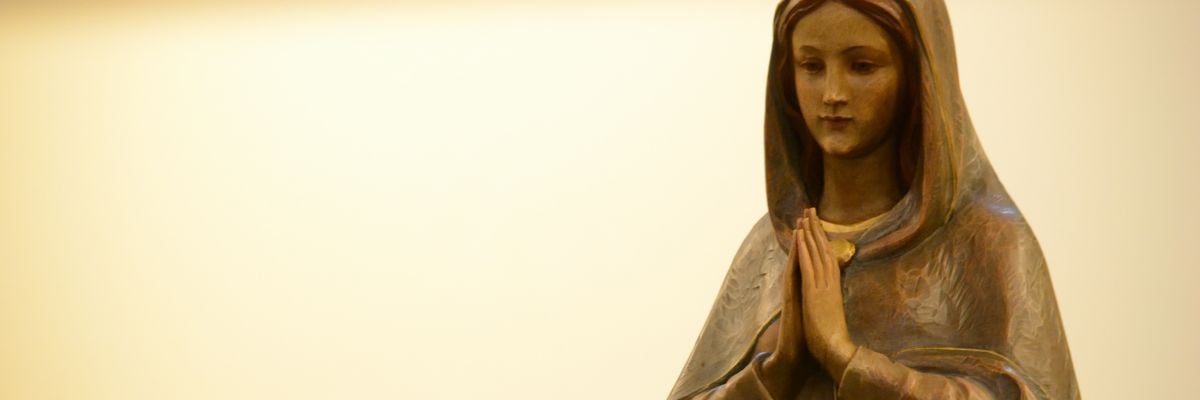
DAY 188
CHALLENGE
“We don’t have evidence Mary remained a virgin after the birth of Jesus.”
DEFENSE
The New Testament indicates that Mary did remain a virgin.
One passage that suggests this occurs during the Crucifixion, where we read, “When Jesus saw his mother, and the disciple whom he loved standing near, he said to his mother, ‘Woman, behold, your son!’ Then he said to the disciple, ‘Behold, your mother!’ And from that hour the disciple took her to his own home” (John 19:26–27).
If Mary had other children, then Jesus would never have entrusted her care to an outsider. It would have been insulting to her children. Jesus’ action is best explained by Mary remaining a virgin and having no other children.
Even more strikingly, when the Angel Gabriel announces to Mary that she will give birth, she asks a very significant question: “How can this be, since I have no relations with a man?” (Luke 1:34, NABRE).
The passage can also be literally translated from Greek as “How will this be, for I know not man.” This relies on the biblical idiom of “knowing” as being sexually intimate with (as in, “Adam knew Eve his wife, and she conceived and bore Cain”; Gen. 4:1).
The fact that Mary asks the question indicates that she knows that, in the ordinary course of nature, sexual intercourse is required for a woman to have a baby. Yet she asks the angel how she will become pregnant in spite of this.
Further, Luke has already established that Mary was a virgin be- trothed to Joseph (Luke 1:27). If Mary were planning a normal marriage with Joseph, it would have been immediately clear how she would become pregnant: After they began cohabiting, they would have marital relations, and she would become pregnant with the son the angel spoke of. The fact that she asks this question suggests that she is not planning on a normal marriage. Instead, she is planning a marriage that does not involve sexual intercourse.
TIP
The second-century Protoevangelium of James states that Mary was consecrated as a virgin as a child and that she was then married to Joseph, an elderly widower who already had a family and thus could be a suitable guardian for a consecrated virgin.



